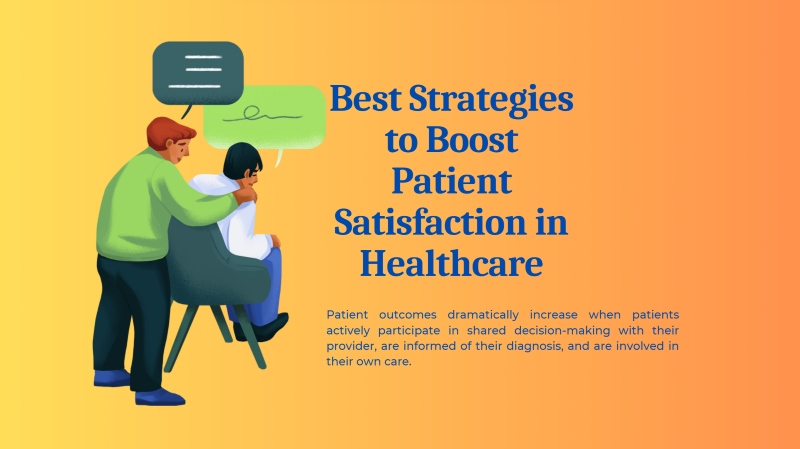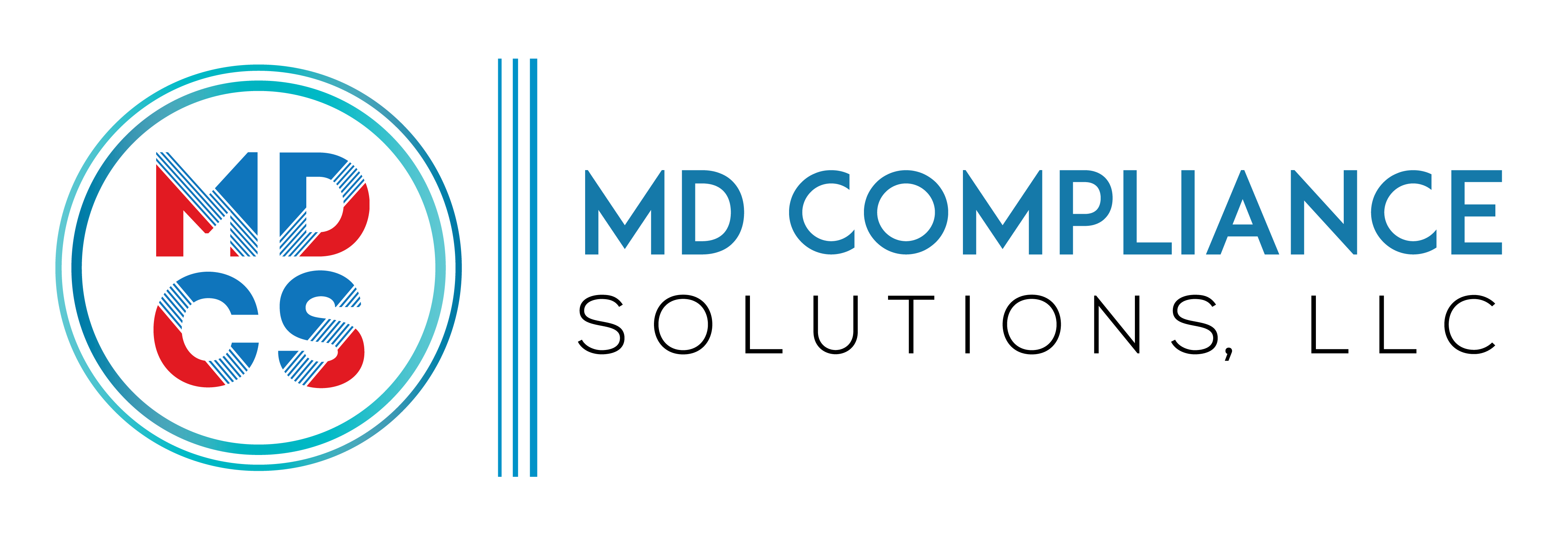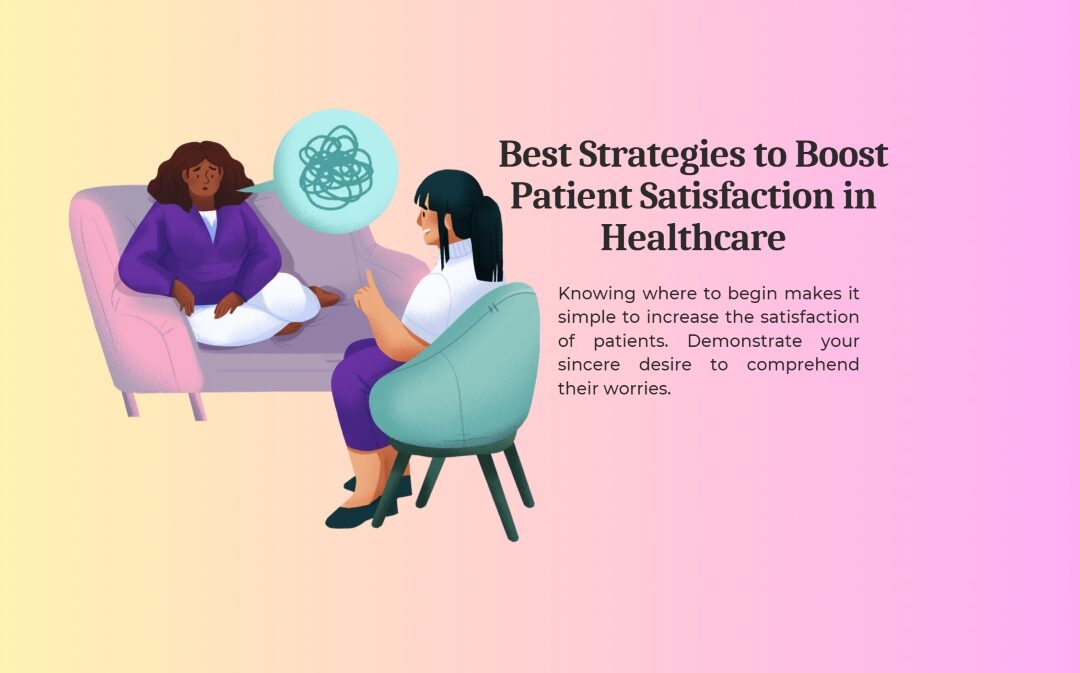Table of Contents
Improving patient satisfaction in healthcare is critical to developing trust, nurturing loyalty, and ultimately recuperating health outcomes. Customer satisfaction is the most significant factor that determines a business’s profitability. The medical field is not an exception. Patient being happy was the only factor that determined the practice’s revenue when the fee-for-value payment model replaced the fee-for-service paradigm. Health care providers are compelled to upgrade their procedures in this value-based care environment in order to improve patient care. Great experiences at the clinic increase the likelihood that patients would return and recommend it to their friends and family. Ensure that patients have your undivided attention and that you comprehend their worries.
Good patient care begins well in advance of the scheduled visit. It includes all of your communications with your patient, including mobile conversations, SMS, and in-person meetings. In your conversations, speak with empathy and understanding. Use light colors and artwork to decorate the space to give patients an ample relaxing atmosphere. Play calming music to establish a soothing atmosphere. These days, with social media, we may also locate internet reviews of companies.
A negative review has the potential to seriously damage your company’s reputation. While positive evaluations contribute to the establishment of a trustworthy reputation for any company, it is crucial to evaluate the state of your practice at the moment and modify your tactics in order to improve patient care. It is exactly what this post can assist you with!
Strategies to Improve Patient Satisfaction in Healthcare
Knowing where to begin makes it simple to increase the satisfaction of patients. Demonstrate your sincere desire to comprehend their worries. Among the methods you might use to enhance the patient experience are:
Boost Interaction
Improving patient satisfaction in healthcare requires better patient-provider communication. Patients frequently have inquiries concerning their diagnosis and course of care. The patient will not feel heard if doctors do not have a way to handle their inquiries. Make sure that patients comprehend the diagnoses, treatments, and procedures you are explaining to them. Many technologies in the modern digital age offer a platform for patients and doctors to communicate. Telehealth is one of them. Patients can contact you from anywhere at any time by implementing a telehealth service into your practice. To show empathy and compassion, say something like “I know how hard this must be” or “I am here to help you.”
Make the Billing Process Simpler
One of the most challenging chores for both patients and healthcare providers is billing. It ought to be the provider’s duty to assist patients with the billing procedure. Give up-front cost estimates and clarify any insurance coverage or cash-outlays. Provide online payment choices and lucid statements to streamline the invoicing process. To do this, you may either teach your staff to negotiate and collect payments with ease and to issue correct bills, or you can hire a team of professionals to handle the entire billing process, automating it so you can focus on patient care. The patient will come back to you after their debts are settled without difficulty.
Simplify Procedures
Patient satisfaction in healthcare seeks convenience across all offerings. Inform patients about their disease and available treatments in an understandable manner. One of the reasons patients discontinue visiting their providers is lengthy wait times. In order to improve the patient experience, providers ensure every effort to automate procedures. This entails scheduling appointments online, completing out paperwork ahead of time, and offering the possibility of virtual consultations. Reduce wait times and make sure your visits go well. These features enable patients to receive care right away by drastically reducing wait times.
Establish a System for Input
Receiving input from customers is essential for process improvement. Engage patients in focus groups, surveys, or one-on-one discussions to actively seek their opinions. Respond quickly and expertly to any complaints or concerns. To remain on top of any issues, you need to set up a system that collects input from your patients on a regular basis. Because a provider’s day is too hectic to address every patient’s problem, this feedback process ought to be automated across all practices. You need to continuously solicit input so that you may make adjustments to your operations. You may receive criticism along with feedback. Your employees need to be prepared to manage situations like this.
Utilize Technology
Every industry has embraced the newest technologies in this digital age. Technologies that help streamline and enhance operational and financial processes in the healthcare industry include electronic health records (EHR), practice management, robotic process automation, and revenue cycle management (RCM). Providers may concentrate on delivering top-notch patient care when they delegate repetitive duties to these technologies. Provide a range of appointment choices, such as online booking. When providing remote treatment, especially for follow-up sessions or routine check-ins, use video conferencing or phone consultations. In addition to streamlining daily operations, technology also improves patient care. Incorporating technology into your clinic can lead to increased transparency, easier access to care, and improved communication.
Put the patient first
It has been demonstrated that patient engagement greatly improves patient outcomes. Patient outcomes dramatically increase when patients actively participate in shared decision-making with their provider, are informed of their diagnosis, and are involved in their own care. Train employees on communication techniques and patient satisfaction. Programs that encourage patient participation should be implemented by providers. Patients are more likely to adhere to their treatment programs and achieve desired results when they have a better understanding of them. Simplify difficult medical jargon and concepts so that patients can understand them. To demonstrate ideas, use analogies or visual aids.
Remember your clinic
It is critical to keep in mind the environment of your clinic. The way your office operates affects the patient experience immediately, from staff management to business procedures. The needs of the patients are frequently neglected in a disorderly, unkempt office. The patient could not feel relaxed if members of your staff were not cooperative. It is therefore crucial to make sure your facility has the atmosphere and management to meet the necessary demands of your patients. Moreover, also give patients access to safe web portals where they may make appointments, view their medical records, and get in touch with doctors. Encourage patients to ask questions, debate options, and weigh their preferences while making decisions about their care.
Make sure to follow up.
Review patient satisfaction in healthcare data on a regular basis to spot patterns and potential improvement areas. After the patient’s appointment, follow-ups are a crucial step in ensuring they receive the best care possible. Follow-ups demonstrate to the patient that they are a top priority and receive the best possible care. You can determine whether a patient is actively participating in their care by following up with them after an appointment. Recognize and honor cultural variations in speech, perspective, and medical practice.
In summary
Healthcare practitioners can greatly increase patient satisfaction and foster a supportive environment for patients by putting these techniques into practice. Nonetheless, the foundation of contemporary healthcare is patient care. It is imperative for providers to prioritize the patient experience in all of their decisions. With the requirements of both patients and providers in mind, MD Compliance Solutions was established. Our all-inclusive solution portfolio improves patient outcomes while meeting the demands of healthcare professionals. Patients may access their data at any time with the help of EHR, and providers can monitor patients remotely with the help of its remote patient monitoring program and patient experience management software.

Read More: What is Coordination of Benefits (COB)?
Reference 1,

